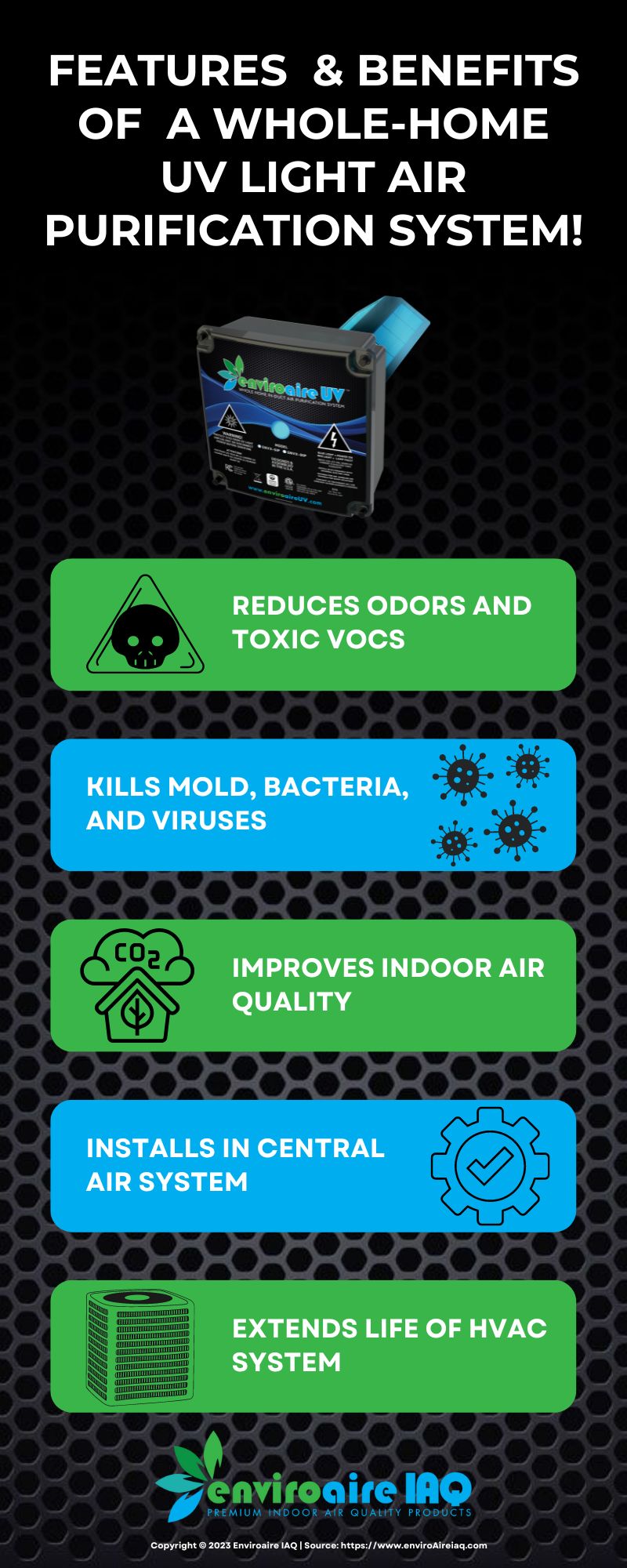The Buzz on Uvc Light
Table of ContentsSome Known Facts About Uvc Light.The 5-Minute Rule for Uvc LightThe Best Strategy To Use For Uvc LightUvc Light - An OverviewTop Guidelines Of Uvc LightThe smart Trick of Uvc Light That Nobody is Discussing
A brand-new type of ultraviolet light that may be risk-free for people took much less than 5 mins to lower the level of indoor airborne microorganisms by greater than 98%, a joint research study by researchers at Columbia University Vagelos University of Physicians and Surgeons and in the U.K. has found. Even as germs continued to be sprayed right into the area, the level continued to be very low as lengthy as the lights got on.But previously these researches had just been conducted in tiny experimental chambers, not in full-sized areas mimicking real-world problems. In the present study, researchers at the University of St. Andrews, University of Dundee, College of Leeds, and Columbia College checked the efficacy of far-UVC light in a big room-sized chamber with the very same air flow price as a regular home or office (about 3 air changes per hour).
The efficacy of various methods to minimizing indoor virus degrees is typically determined in terms of comparable air changes per hour. In this study, far-UVC lamps created the matching of 184 comparable air exchanges per hour. This exceeds any various other method to decontaminating occupied indoor areas, where five to 20 equivalent air modifications per hour is the finest that can be attained practically.
6 Easy Facts About Uvc Light Shown

The main parameters of UV-C disinfection are wavelength, dose, relative moisture, and temperature level. There is no agreement concerning their optimum worths, however, as a whole, light at a high dose and a range of wavelengths containing 260 nm is chosen in an environment at room temperature with reduced relative moisture. This light can be produced by mercury-vapour, light-emitting diode (LED), pulsed-xenon, or excimer lamps.
UV-C disinfection systems have promising functions and the possible to improve in the future. UV-C sanitation should presently be thought about for low-level rather than top-level sanitation.
An additional application developed in 1910 when UV light was made use of to decontaminate water. The technology was not really reputable at the time and it took further look at this web-site technical advancements before UV water disinfection ended up being popular once again in the 1950s [ 2] Nowadays, UV light is utilized for water, air, food, surface area, and medical devices disinfection.
Uvc Light - An Overview
DNA, RNA, or proteins of a micro-organism soak up UV light, with a peak absorbance around 260 nm [6] This leads to the disturbance wikipedia reference of DNA or RNA, leading to the inactivation of the micro-organism. UV-C-induced DNA disturbance commonly contains the bonding of two adjoining thymine (or cytosine) bases rather than the conventional connecting of a base with its corresponding base on the various other strand.

The UV-C zone is utilized for disinfection however there is no consensus on the specific ideal wavelength. Bacterial DNA and RNA have peak absorbances of light at 260265 nm and around 260 nm, specifically [6] For that reason light at 260 nm can cause one of the most interruption. Numerous micro-organisms are most vulnerable to somewhat different wavelengths.
Uvc Light Fundamentals Explained
On the other hand, it has technical implications since the total power of the light beam of light is after that divided over all present wavelengths. A micro-organism that is vulnerable to click for more 254 nm light will certainly be suspended a lot more by a lamp that emits only light at 254 nm than a light that discharges a wavelength range at equal overall power.
Exposure times of 1045 minutes for space disinfection and 25 s to 5 minutes for clinical devices were come across in literary works.
Better, the outcome of a lamp decreases with time, so it is advised to determine the dosage at the end of light life, which is representative of a worst-case situation. The dosage likewise affects the quantity of photoreactivation. Quek et al. found that the portion of photoreactivation reduced from 5.31% to 0% for a rise in dosage from 1.6 to 19.7 mJ/cm2 [8]
The influence of temperature level depends on the light resource.
Unknown Facts About Uvc Light


This is understood as far UV-C technology and is a fairly new sanitation technique with restricted expertise about its efficiency.
In study, the results on pulsed versus constant UV-C sanitation effectiveness differ. When comparing pulsed and constant light it is vital to keep various other variables such as wavelength and dosage continuous.
The Definitive Guide to Uvc Light
In instance ozone is not required for disinfection, a changed lamp can be utilized. For mercury-vapour lights, doped quartz glass or specialized soft glass can filter out short-wave UV-C light. For pulsed-xenon, doped quartz can be used also [30] UV-C has encouraging attributes for disinfection such as automatic sanitation, being less time-consuming than commonly utilized guidebook or chemical disinfections, leaving no dangerous residuals, and being eco-friendly (if no mercury-vapour lamps are utilized) [31,32]
Comments on “A Biased View of Uvc Light”